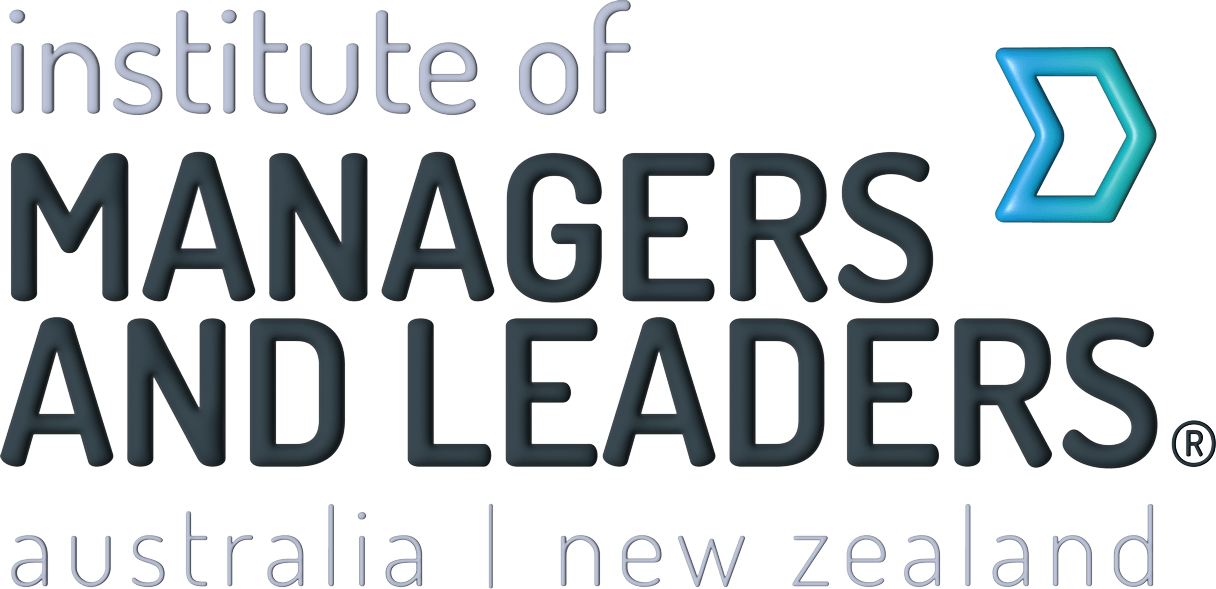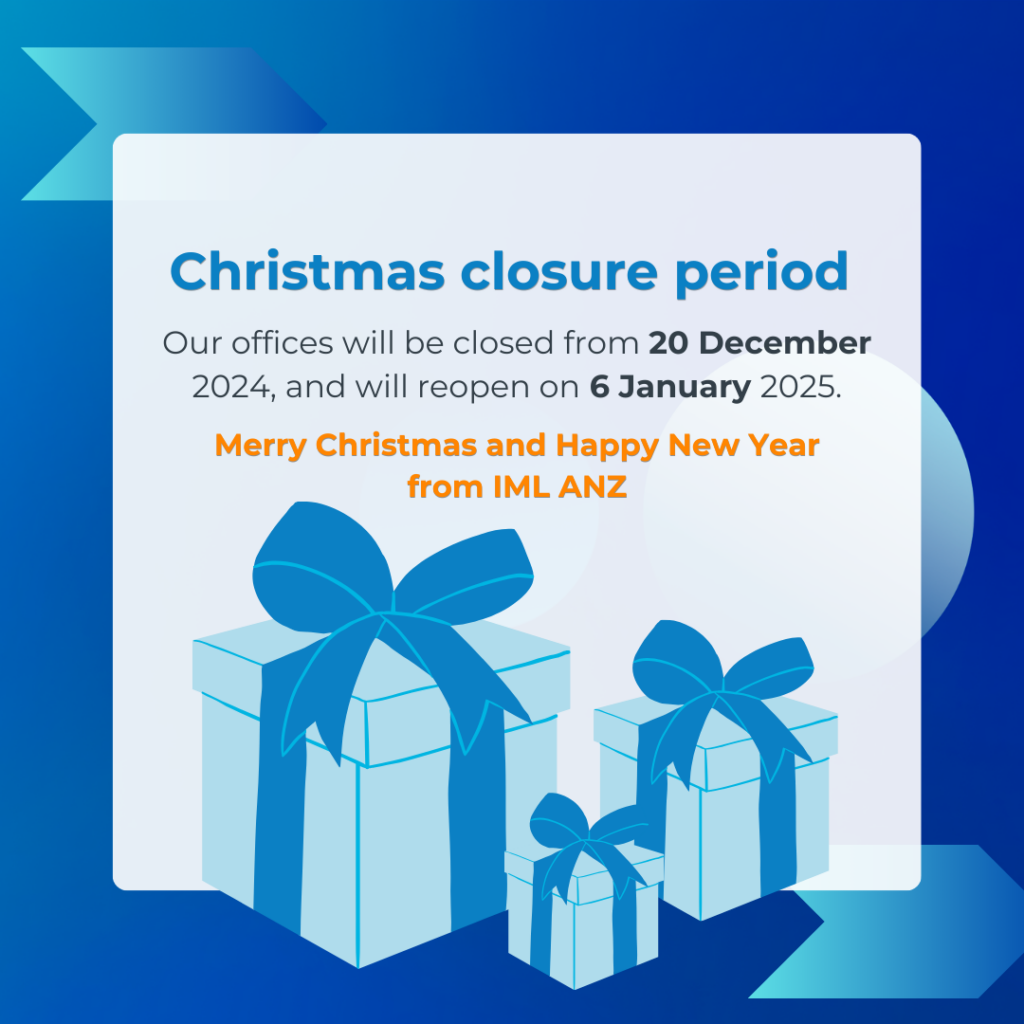Written by Christine Petersen FIML, Managing Director at Time Technology
It has served us well and it is now time to let it RIP…
Peter Drucker a futurist and management guru wrote in the 80’s about the 21st century workplace saying –
“The single greatest challenge facing managers will be to raise the productivity of knowledge and service workers. This challenge will ultimately determine the competitive performance of companies.”
A good definition of productivity is –
Producing valuable results through the conservation of time, energy and effort!
So what is the difference between time management and productivity?
Time management will focus on task and time – how much work can we squeeze into the time we have available and in an environment where there is too much work and not enough time, it is just not possible to achieve more; the work just keeps coming. The balance between being proactive and reactive is now well and truly weighted towards reactiveness.
Productivity will focus on results and outcomes creating a dynamic workflow that is constantly being prioritised between existing work and new work, making sharp decisions about the investment of time and accepting that priorities will constantly change. Simply put working smarter.
Companies are looking for ways to do more with less, which from a business perspective is a good aspiration; automation, process improvement, improving the client experience and so on. Yet from a work execution perspective it’s somewhat of a disaster as it really means we need to work harder and we all know where that ends.
I’m a great advocate of Doing Less Work to Achieve Better Results. By no means is this a new concept, it has been growing popularity over the last 2 years as the work continues to increase. In reality, we are left with 3 choices, reduce the amount of work we do, increase the hours we work or throw more resources at it.
As we head into 2018 here are some suggestions to do less work –
- Be clear about the difference between being effective and Effectiveness is tied to results and outcomes, where will I invest my time to achieve the best results. Learn to let go of the non-value work
- Slowdown in order to speed up. Have a dynamic plan by being strategic about the most important work – release the urgent work habit, most of us now believe that everything is urgent
- Use technology effectively. There is an abundance of technology available to help us work effectively, yet so often poor usability limits the productivity gains that can be achieved
- Respect time. We work in highly disruptive work environments, don’t just succumb, look for ways within the team to reduce interruptions and maximise focus to produce results. It is well documented that the recovery time from an interruption is now 10 – 12 minutes. How many times a day do we ask ourselves ‘now where am I?”
- Don’t always default to e-mail. Good communication is when we are understood. If a communication is complex or we are coaching, use face to face; this can be via Skype for Business, Facetime or actually in person. If clarification is required or building rapport, pick up the phone, email is not a building rapport tool.
- Have good e-mail protocol. Team e-mail accounts for around 45% of total e-mail communication. Have a best practice strategy within the team. Only Cc team members when it is of value to them. How can we reduce the e-mail traffic within the team? Be creative.
- Most important of all is thinking time. In an ever-changing work environment where ‘disruption’ is more commonplace, we need thinking time and not just doing How many times have we said to our children ‘you need to think about what you are doing’.
- Embrace change, in a world driven by change, resisting change has little value. No doubt change can be uncomfortable and it is very easy to slip back to old habits. Now is the time to feel comfortable with being uncomfortable. Adopt an apply, test and correct and try again attitude.
We live in very interesting times which finds most of us on the same journey, sit back and enjoy the ride.














